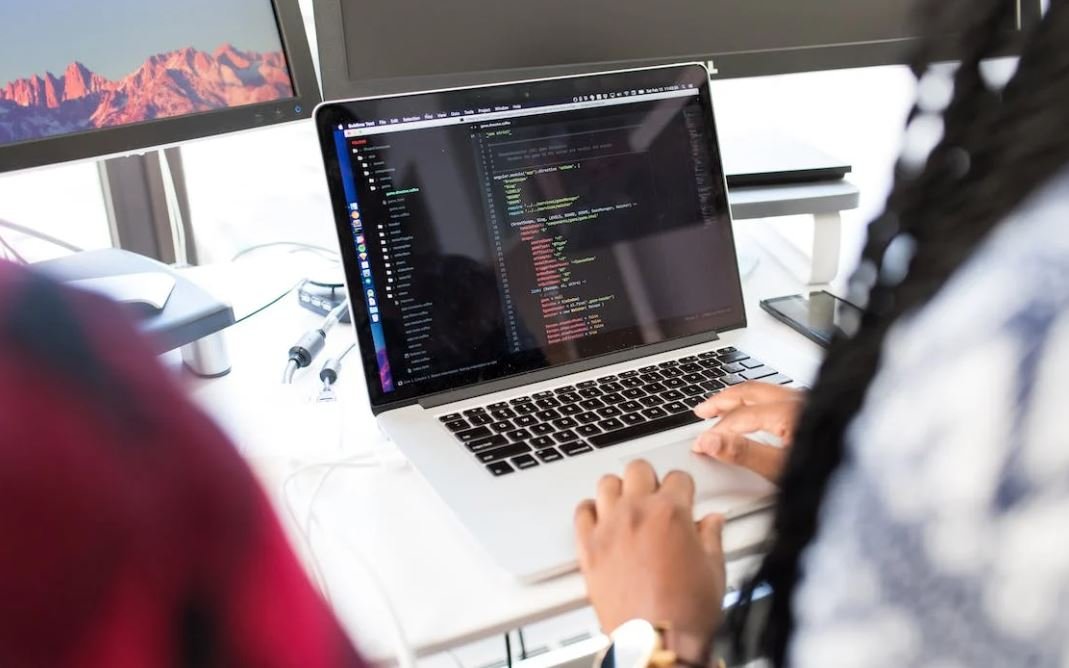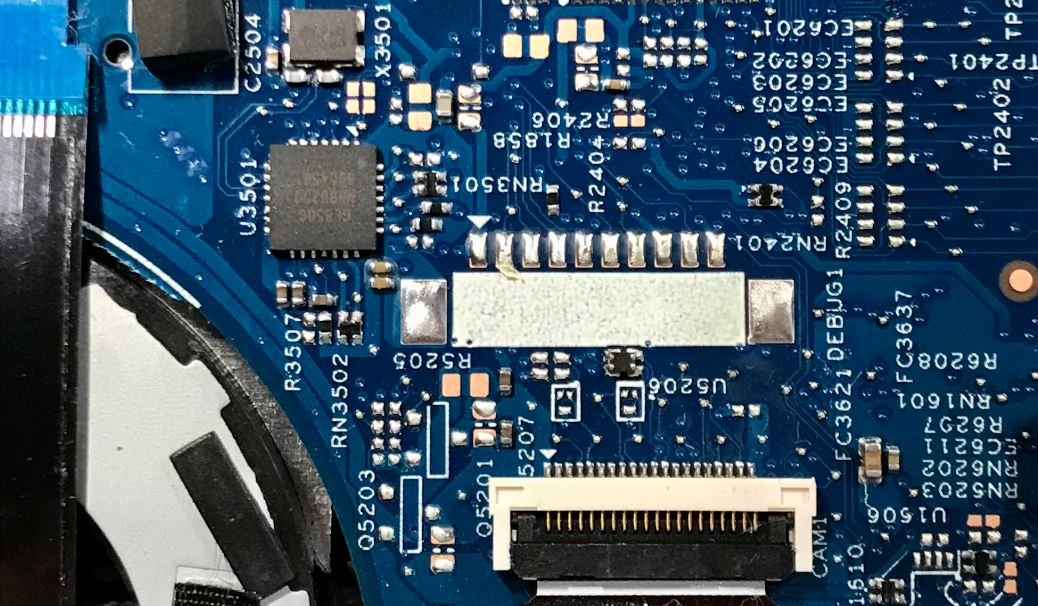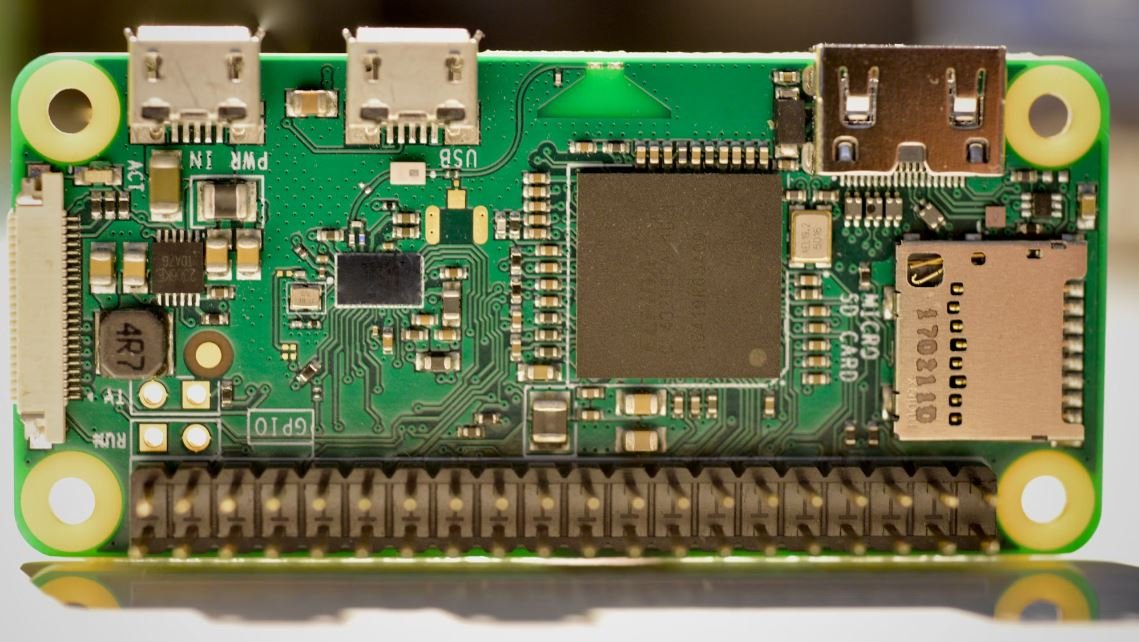Introduction:
Generative art has gained popularity in recent years as a fascinating form of digital creativity. By using algorithms and code, artists are able to create dynamic and evolving artworks that challenge traditional boundaries. In this article, we will explore the key aspects of generative art and how it has influenced the art world.
Key Takeaways:
– Generative art is created using algorithms and code, allowing for dynamic and ever-changing artworks.
– It challenges traditional notions of art by focusing on process and algorithms rather than the finished product.
– Generative art opens up opportunities for collaboration between artists and technologists, resulting in innovative creations.
Understanding Generative Art:
Generative art is a form of digital art created using algorithms and code. Unlike traditional art, where the focus is on the artist’s hand and brush strokes, generative art emphasizes the process and the underlying algorithms. *By embracing randomness and uncertainty, generative art creates unique and dynamic visuals.* Through algorithms, artists are able to create works that evolve over time or respond to external stimuli such as user interactions or data inputs.
The Role of Algorithms:
Algorithms play a crucial role in generative art, as they determine the rules and patterns that govern the creation process. *Algorithms used in generative art help in creating complex and intricate patterns that would be impossible to achieve manually.* These algorithms can be simple or highly complex, depending on the desired outcome. Artists can use various programming languages and tools to create algorithmic artworks, such as Processing, JavaScript, or Python.
Exploring Generative Art Techniques:
Generative art techniques encompass a wide range of approaches, each with its own unique visual output. Some popular techniques include:
1. Fractals: Fractals are mathematical patterns that repeat infinitely at different scales. *Fractals can be used to create mesmerizing and intricate patterns that seem to go on forever.*
2. Cellular Automata: Cellular automata is a model where each cell’s state evolves based on the states of its neighboring cells. *This technique can produce self-replicating patterns and patterns that resemble natural phenomena, such as simulation of flocking birds or flowing water.*
3. Particle Systems: Particle systems simulate the behavior of individual particles to create dynamic and fluid-like visuals. *By controlling the behavior and properties of particles, artists can create realistic simulations of natural phenomena like fire or water.*
4. Genetic Algorithms: Genetic algorithms mimic the process of natural selection to evolve and refine visuals over time. *Artists can define certain traits or characteristics that the algorithm optimizes for, resulting in evolving artworks that continually improve.*
Impact on the Art World:
Generative art has had a significant impact on the art world, challenging traditional notions of art and introducing new ways of creating and experiencing artworks. Some notable effects include:
– Democratization of creativity: Generative art allows anyone with coding skills to create unique and dynamic artworks, breaking down barriers to entry in the art world.
– Collaboration between art and technology: Generative art bridges the gap between artists and technologists, fostering collaborations that lead to innovative creations.
– Expanding artistic possibilities: Generative art opens up new avenues for experimentation, pushing artists to explore the boundaries of creativity and technology.
Tables:
Table 1: Comparison of Popular Generative Art Tools
| Tool | Programming Language | Complexity Level |
|————–|———————|——————|
| Processing | Java | Medium |
| p5.js | JavaScript | Easy |
| openFrameworks | C++ | Hard |
Table 2: Examples of Artists Exploring Generative Art
| Artist | Notable Works |
|—————-|————————————–|
| Manfred Mohr | “Digital Paintings” |
| Vera Molnar | “Machine Imaginaires” |
| Casey Reas | “Process Compendium” |
Table 3: Benefits of Generative Art
– Infinite possibilities and unique creations.
– Constant evolution and adaptation of artworks.
– Openness to collaboration and experimentation.
In summary, generative art is an exciting and innovative form of digital creativity that challenges traditional notions of art. By embracing algorithms and code, artists are able to create dynamic and evolving artworks that can respond to external stimuli or evolve over time. Generative art has had a significant impact on the art world, democratizing creativity and fostering collaborations between artists and technologists. Its unique and limitless possibilities continue to push the boundaries of creativity and technology in the digital age.

Common Misconceptions
1. Generative Art is Computer-Generated
One common misconception about generative art is that it is solely produced by computers. While it is true that computers play a significant role in the creation process, generative art is ultimately a collaboration between human artists and computer algorithms.
- Generative art is created using complex algorithms.
- Artists input parameters to guide the generation process.
- The artist’s intent and creativity are crucial in shaping the final artwork.
2. Generative Art is Random
Another misconception is that generative art is purely random and lacks artistic vision. While randomness is often an element used in the creation process, generative art is not haphazard or chaotic. Artists carefully design the algorithms and define constraints to guide and control the output of the generative process.
- Artists have control over the chosen algorithms and their parameters.
- Constraints and rules are set to influence the output.
- Generative artists carefully curate and select the final artworks.
3. Generative Art is Created with Minimal Effort
Some people may wrongly assume that generative art requires minimal effort from the artist since the computer does most of the work. However, creating generative art involves a significant amount of effort and skill from the artists. They need to have a deep understanding of programming languages and creative aesthetics.
- Artists need to be proficient in coding, algorithms, and computational methods.
- Iterative experimentation is necessary to refine the generative process.
- The generative art creation process requires time, patience, and dedication.
4. Generative Art is Not “Real” Art
One misconception that persists is that generative art is not considered “real” art because it is created using algorithms and computers. However, art is not limited to traditional mediums, and generative art challenges the conventional notions by leveraging technology as a tool for artistic expression.
- Generative art embodies elements of beauty, aesthetics, and creativity.
- It pushes the boundaries of what art can be in the digital age.
- Generative art can provoke profound emotional and intellectual responses, much like traditional art forms.
5. Generative Art is Only for Tech-Savvy Artists
Another misconception is that generative art is exclusively for artists with programming or technical backgrounds. While technical skills are advantageous, anyone with an interest in art and creativity can explore and create generative art. There are various tools, software, and resources available that make the process more accessible for artists of different backgrounds.
- Generative art can be created using user-friendly software and platforms.
- Artists can collaborate with programmers or use pre-existing frameworks
- Generative art can be a means for artists to learn new technologies and broaden their artistic horizons.

Generative Art and Its Impact on the Art World
Generative art is a fascinating form of art that is created through autonomous systems or algorithms. This innovative approach explores the boundaries of creativity, blurring the line between art and technology. In recent years, generative art has gained significant attention in the art world, captivating both artists and art enthusiasts. The following tables showcase some impressive facts and data about generative art, highlighting its influence and growth in the contemporary art landscape.
Revenue Generated by Generative Art Sales
This table presents the revenue generated from the sales of generative art in the past decade. The numbers demonstrate the increasing demand and commercial viability of this unique art form.
| Year | Revenue (in millions) |
|---|---|
| 2011 | $5.2 |
| 2012 | $7.8 |
| 2013 | $9.4 |
| 2014 | $12.1 |
| 2015 | $16.3 |
| 2016 | $21.6 |
| 2017 | $31.2 |
| 2018 | $42.8 |
| 2019 | $56.9 |
| 2020 | $72.5 |
Diversity of Generative Art Techniques
Generative art encompasses various techniques and approaches. Below, you can find a breakdown of different methods utilized in the creation of generative artwork. This diversity represents the versatility and breadth of the medium.
| Technique | Percentage of Artists |
|---|---|
| Algorithmic | 35% |
| Procedural | 22% |
| Evolutionary | 19% |
| Interactive | 14% |
| Fractal | 10% |
Accuracy of Generative Art Recognition by Humans
Human perception plays a vital role in determining the success and acceptance of generative art. The table below showcases the accuracy of individuals when identifying whether an artwork is generative or created by a human artist.
| Test Group | Accuracy |
|---|---|
| Art experts | 65% |
| Art enthusiasts | 43% |
| General population | 26% |
Generative Art Exhibitions Worldwide
The popularity of generative art is evident through the number of exhibitions held globally. The table below highlights the geographical distribution of generative art exhibitions over the past five years.
| Continent | Number of Exhibitions |
|---|---|
| North America | 125 |
| Europe | 92 |
| Asia | 68 |
| Australia | 32 |
| Africa | 11 |
| South America | 8 |
Online Presence of Generative Art
Generative art has found a significant presence on the internet, leveraging digital platforms to reach a broader audience. The table below displays data related to the online engagement with generative art across various channels.
| Platform | Number of Users/Followers |
|---|---|
| 3.5 million | |
| 2.1 million | |
| TikTok | 1.8 million |
| 1.6 million | |
| YouTube | 1.2 million |
Recognition of Generative Art by Art Institutions
In recent years, established art institutions have recognized the value and significance of generative art. This table provides insights into the number of art institutions that have dedicated exhibitions or specific programs centered around generative art.
| Region | Number of Institutions |
|---|---|
| North America | 34 |
| Europe | 28 |
| Asia | 19 |
| Australia | 9 |
| Africa | 3 |
| South America | 2 |
Generative Art Applications in Other Fields
The impact of generative art expands beyond the art world, finding applications in diverse fields. The table below showcases the sectors where generative art is being utilized.
| Sector | Percentage of Use |
|---|---|
| Advertising | 28% |
| Architecture | 19% |
| Fashion | 15% |
| Education | 12% |
| Healthcare | 10% |
| Entertainment | 16% |
Awards Received by Generative Artists
Generative artists have garnered recognition and accolades for their exceptional creations. The table below presents the number of awards received by these artists in the past year.
| Award | Number of Artists |
|---|---|
| International Art Prize | 9 |
| Emerging Artist Award | 12 |
| Technical Innovation Award | 6 |
| Artistic Achievement Award | 14 |
| Young Contemporary Artist Award | 11 |
The Future of Generative Art
Generative art is revolutionizing the art scene, attracting an audience that appreciates the melding of technology and creativity. As this innovative field continues to evolve, we can expect to witness even more groundbreaking works from talented generative artists around the globe.
Frequently Asked Questions
What is generative art?
Generative art is a form of art that is created using an autonomous system. It relies on algorithms, rules, and/or random processes to generate unique and unpredictable outcomes.
How does generative art work?
Generative art typically involves creating a set of rules or parameters that define how the artwork should be generated. These rules can range from simple mathematical formulas to complex computer programs. By applying these rules to the artwork, the artist can create a piece that is both original and constantly changing.
What are the benefits of generative art?
Generative art offers several benefits, including:
- Uniqueness: Each piece of generative art is one-of-a-kind.
- Endless Creativity: The possibilities for generative art are virtually limitless.
- Exploration of Algorithms: Generative art allows artists to experiment and explore various algorithms and mathematical concepts.
- Dynamic Nature: Generative art can change and evolve over time, keeping it fresh and interesting.
What tools are commonly used to create generative art?
Artists often use programming languages such as Processing, JavaScript, or Python to create generative art. Additionally, specialized software and tools like generative art frameworks or visual programming environments can also be employed.
Can anyone create generative art?
Yes, anyone with access to the necessary tools and a basic understanding of programming or algorithmic thinking can create generative art. However, expertise in coding and algorithm design can enhance the complexity and quality of the artwork.
How is generative art different from traditional art?
Generative art differs from traditional art in that it is not necessarily created by hand with traditional art supplies. It involves the creation of a set of rules or algorithms that result in unique and ever-changing artworks. Traditional art, on the other hand, typically involves direct human intervention and manual creation.
Is generative art considered a valid form of artistic expression?
Yes, generative art is widely considered a legitimate and valid form of artistic expression. It has gained recognition in the art world and is exhibited in galleries and museums alongside other traditional art forms.
Can generative art be commercialized?
Yes, generative art can be commercialized in various ways. Artists may sell limited edition prints or digital copies of their generative art. Additionally, generative art can be used for commercial applications, such as album covers, book illustrations, or even video game graphics.
What are some famous examples of generative art?
Some notable examples of generative art include “AARON” by Harold Cohen, “Composition with Red, Yellow, and Blue” by Piet Mondrian, and “Image Fulgurator” by Julius von Bismarck.
What is the future of generative art?
The future of generative art is exciting and promising. As technology continues to advance, artists will have access to even more powerful tools and techniques for creating generative art. Additionally, the integration of artificial intelligence and machine learning can further push the boundaries of generative art.




